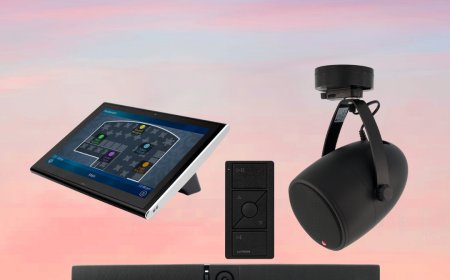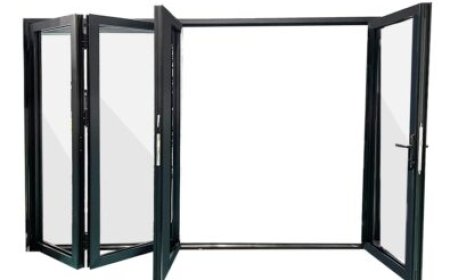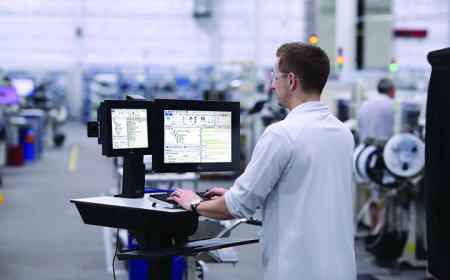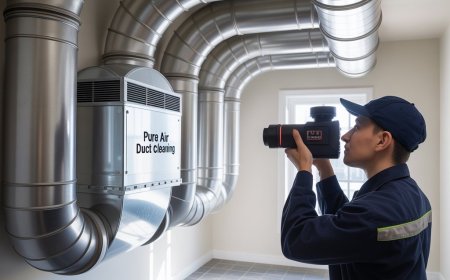Implementing Retail Automation Software in Your Store Today
Explore essential best practices for integrating Retail Automation Software to enhance efficiency, improve customer experiences, and drive growth in your retail business.
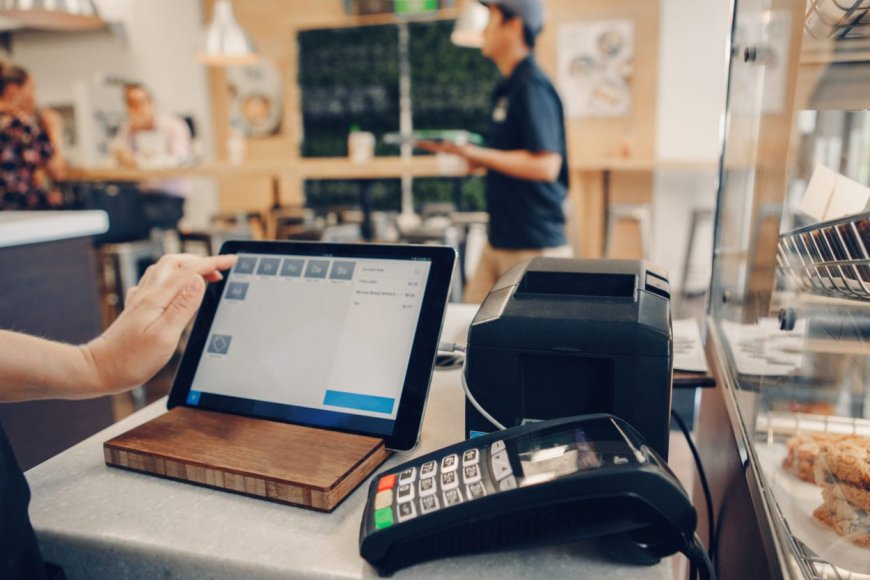
In todays competitive retail environment, businesses are constantly searching for ways to improve efficiency, enhance customer experiences, and boost profitability. One of the most impactful solutions available isRetail Automation Software. This technology streamlines operations, reduces manual labor, and provides real-time insights that can drive growth. If youre considering implementing retail automation software in your store, this guide will walk you through the essential steps and considerations to ensure a successful transition.
Understanding Retail Automation Software
Retail automation software refers to a suite of tools designed to automate various processes in retail operations. These tools can manage everything from inventory and sales tracking to customer relationship management and marketing. By automating routine tasks, retailers can save time, reduce human error, and focus on strategic initiatives that drive growth.
Key Components of Retail Automation Software
Inventory Management Systems: These tools automate the tracking of stock levels, orders, and deliveries. They provide real-time data, helping retailers maintain optimal inventory levels.
Point of Sale (POS) Systems: Modern POS systems are equipped with features that streamline transactions, manage customer data, and integrate with inventory management.
Customer Relationship Management (CRM): CRM tools help retailers manage customer interactions, track preferences, and personalize marketing efforts.
E-commerce Integration: For retailers with online stores, integrating e-commerce platforms with retail automation software is crucial for a seamless shopping experience.
Analytics and Reporting: Powerful analytics tools provide insights into sales trends, customer behaviors, and operational efficiency.
Why Implement Retail Automation Software?
The benefits of retail automation software are significant and can lead to enhanced operational efficiency and improved customer satisfaction.
1. Increased Efficiency
By automating routine tasks, employees can focus on more critical areas like customer service and sales strategies. For instance, automated inventory management reduces the time spent on manual stock checks, allowing staff to engage more with customers.
2. Enhanced Accuracy
Automation minimizes the risk of human error, which is common in manual processes. Accurate inventory tracking and order processing lead to fewer mistakes and increased customer satisfaction.
3. Cost Savings
While the initial investment in retail automation software may be substantial, the long-term savings can be significant. Automation reduces labor costs and improves operational efficiency, leading to lower overall expenses.
4. Improved Customer Experience
With faster checkout processes, personalized marketing, and accurate stock levels, customers enjoy a seamless shopping experience. Satisfied customers are more likely to return, enhancing customer loyalty.
5. Data-Driven Decisions
Retail automation software provides access to valuable data that can inform business decisions. By analyzing sales trends and customer behaviors, retailers can adapt their strategies effectively.
Steps to Implement Retail Automation Software
Implementing retail automation software requires careful planning and execution. Heres a step-by-step guide to help you through the process.
Step 1: Assess Your Needs
Before choosing any software, assess your stores specific needs. Consider the following:
What processes are currently manual and time-consuming?
What goals do you want to achieve with automation?
Are you looking to improve inventory management, customer engagement, or sales tracking?
Step 2: Research Available Solutions
Once you have a clear understanding of your needs, research available retail automation software options. Key factors to consider include:
Features: Ensure the software aligns with your operational needs.
Scalability: Choose software that can grow with your business.
Integration: Look for solutions that integrate seamlessly with your existing systems.
User-Friendliness: The software should be intuitive for your staff to use.
Step 3: Budgeting
Determine your budget for implementing retail automation software. Consider not only the initial cost of the software but also ongoing maintenance, training, and potential hardware upgrades. Its important to view this as a long-term investment in your business.
Step 4: Involve Your Team
Engage your team in the process. Their input can provide valuable insights into what features would be most beneficial. Additionally, involving employees early in the process can help reduce resistance to change and promote a smoother transition.
Step 5: Plan the Implementation
Create a detailed implementation plan that outlines:
Timeline: Set realistic deadlines for each phase of the implementation.
Training: Develop a training program for your staff to ensure they understand how to use the new software effectively.
Testing: Conduct thorough testing before fully rolling out the software to identify any potential issues.
Step 6: Launch and Monitor
Once you have completed the training and testing phases, its time to launch the software. Monitor its performance closely during the initial weeks. Gather feedback from employees and customers to identify areas for improvement.
Step 7: Continuous Improvement
Retail automation is not a one-time effort. Continuously assess the softwares performance and seek ways to optimize its use. Regularly update the system and provide ongoing training for your staff to keep them informed about new features.
Common Challenges and How to Overcome Them
While implementing retail automation software can lead to significant benefits, its not without challenges. Here are some common obstacles and strategies to overcome them:
1. Resistance to Change
Employees may be hesitant to adopt new technologies. To address this, involve them in the decision-making process and provide comprehensive training to ease the transition.
2. Integration Issues
Integrating new software with existing systems can be complex. Work closely with your software provider to ensure a smooth integration process. Consider hiring an IT consultant if necessary.
3. Initial Costs
The upfront costs of software can be a barrier for some retailers. Focus on the long-term savings and potential revenue growth that automation can provide. Additionally, explore financing options or tiered pricing models offered by software providers.
4. Data Security Concerns
With increased automation comes the responsibility of managing sensitive customer data. Invest in robust cybersecurity measures to protect your customers information and ensure compliance with relevant regulations.
The Future of Retail Automation Software
The retail landscape is rapidly evolving, and automation will play an increasingly vital role. Future trends to watch include:
1. AI and Machine Learning
The integration of AI and machine learning into retail automation software will enhance predictive analytics, allowing retailers to anticipate customer needs and optimize inventory management.
2. Enhanced Personalization
As retailers collect more customer data, they can leverage automation to create highly personalized shopping experiences that drive customer loyalty.
3. Omnichannel Experiences
Retail automation will continue to support seamless integration between online and offline channels, improving the overall customer journey.
4. Sustainability Practices
With growing consumer demand for sustainability, future automation solutions will likely include features that promote eco-friendly practices, such as efficient supply chain management.
Conclusion
Implementing retail automation software in your store today is not just a trend; its a necessity for staying competitive in the modern retail landscape. By understanding your needs, selecting the right software, and carefully planning its implementation, you can enhance operational efficiency, improve customer experiences, and ultimately drive growth. As technology continues to advance, embracing automation will be key to navigating the future of retail successfully.



























